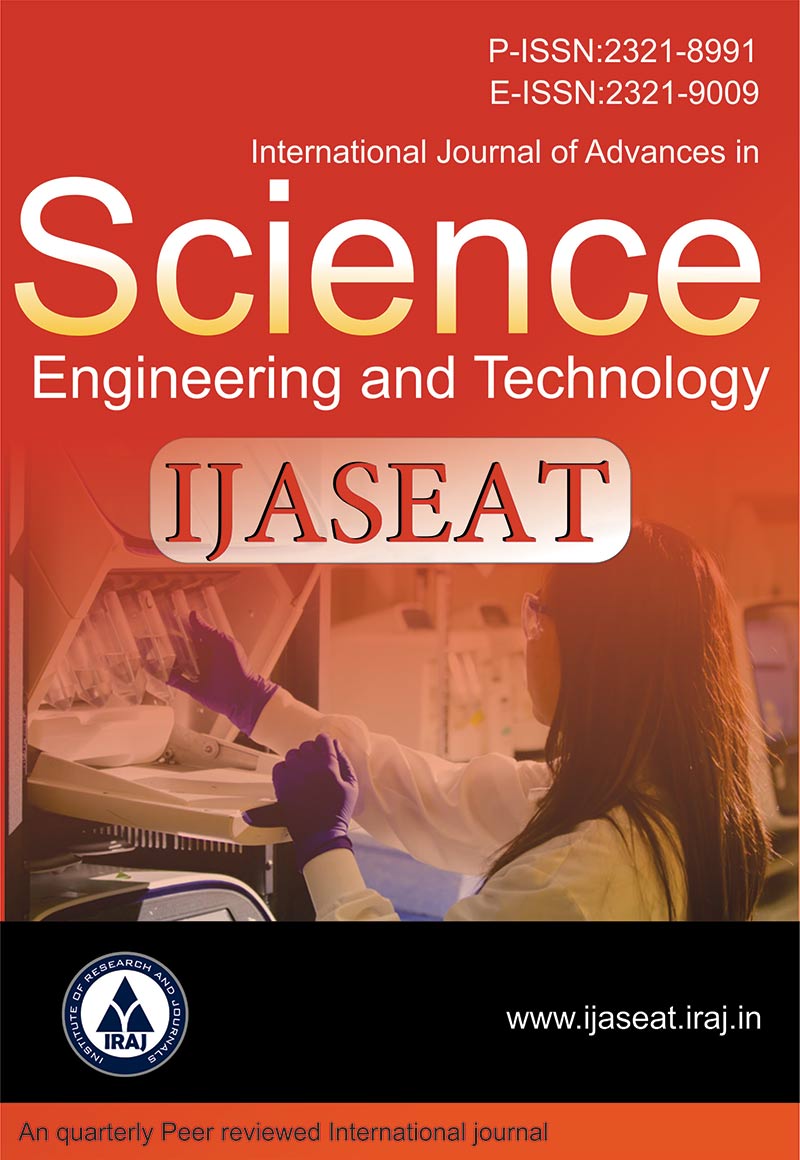Publish In |
International Journal of Advances in Science, Engineering and Technology(IJASEAT)-IJASEAT |
 Journal Home Volume Issue |
||||||||
Issue |
Volume-3, issue-4, Spl. Iss-3 ( Oct, 2015 ) | |||||||||
Paper Title |
Effect Of Synthesis Time And Crystallinity On The NI(II) Sorption Performance Of Zeolite-Like Titanosilicate Compounds | |||||||||
Author Name |
P. Deesaen, P. Opaprakasit, J. Manyam, R. Egashira, P. Sreearunothai | |||||||||
Affilition |
Thailand Advanced Institute of Science and Technology (TAIST-Tokyo tech), Sirindhorn International Institute of Technology (SIIT), Thammasat University, Pathum Thani, 12121, Thailand ,5School of Bio-Chemical Engineering and Technology, Sirindhorn International Institute of Technology (SIIT), Thammasat University, Pathum Thani, 12121, Thailand The National Nanotechnology Center (NANOTEC), Pathum Thani, 12120, Thailand Department of International Development Engineering, Tokyo Institute of Te | |||||||||
Pages |
74-78 | |||||||||
Abstract |
Nickel (Ni) is a heavy metal that is commonly employed in the metal plating industries and is of environmental concern due to its toxicity to living organisms. Here, an ion-exchange zeolite-like titanosilicate compounds were developed and synthesized using hydrothermal technique. The hydrothermal time was varied between 6hours, 1day and 5days, resulting in samples with different crystallinities and sorption performance. Hydrothermal treatment helps to promote rearrangement of the sorbent structure from amorphous to crystalline structure. It was found that the sample with 1day hydrothermal treatment with semi-crystallinity has the highest Ni sorption capacity of about 110 mg Ni/g sorbent. The sample with the longest synthesis time of 5days, although possesses the highest crystallinity, has the lowest sorption performance due to possibly to the rigid crystalline framework that restricts diffusion of Ni2+ ions into the structure, and the exchange of the Na with the Ni2+ ions. For samples with the lowest crystallinity, the performance is also low due to very little amount of Na+ ions present in the sorbent structure for the exchange to take place. Energy-dispersive spectroscopy reveals that in the high crystallinity samples, most of the Na+ remains on the sorbent and could not be exchanged with Ni2+ ions. These results indicate importance of optimal hydrothermal treatment that results in the structure with good ion-exchange properties. Keywords- Nickel, Titanosilicate, Adsorption, Natisite | |||||||||
| View Paper | ||||||||||